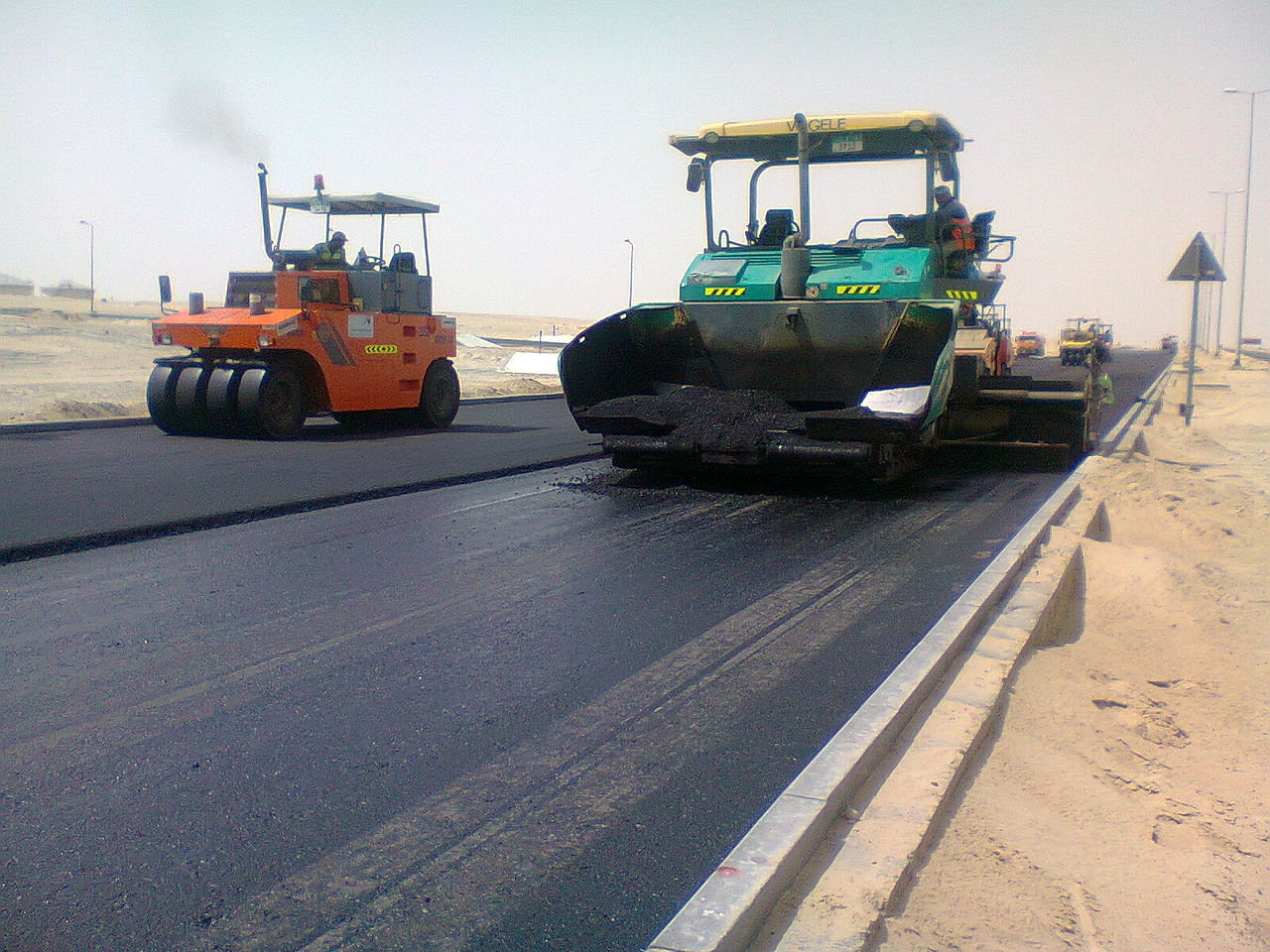Things To Know About Construction Works

This is not a commonly categorized trade as far as building construction is concerned.
It is however very common in projects like road construction.
Earthworks are usually among the very first tasks in construction. It is usually undertaken in the following:
Soil Stripping
This refers to the removal of top vegetative soil from the construction site.
This soil is unsuitable for construction, especially because it contains a rich constituent of vegetative matter, which would destroy the building’s foundation. This soil is also unstable for construction purposes.
Excavation For Foundations
This is usually done to reach the more stable ground. Excavation here can either be in form of mass, trench or pad.
Leveling Uneven Ground
This is usually a process of cutting and filling or either.
Land Forming and Scraping
This is a process of creating various forms and shapes with the use of soil alone or in combination with other structures like revetment walls.
Depending on the volume and nature of the ground to be excavated, filled or formed, the work can either be done by hand or by machine.
When done by hand, earthworks are usually done by a bulk of casual unskilled labor with the guidance of a skilled laborer, especially a land surveyor and construction engineer or foreman.
There are various tests carried out to assure the quality of the finished formation in the case of foundations. The most common tools in manual earthworks include; picks, spades, and shovels.
The movement of the earth is usually by the use of barrows. The most common equipment here is the dumpy level for light works or total machines for large projects.
When the work is to be done by machine, the plant involved ranges from compressors, mechanical hoes, bulldozers and the like.
The movement of material is usually by use tipper trucks. In the case of hard rock ground, blasting is usually undertaken.
In the case of mechanical earthworks, the bulk of human tasks is in machine operation while in road profiling services.
There is also a need for more inspection, especially where different locations are involved, for example excavating from point A and dumping in point B.
One of the main considerations, in this case, is the safety of workers and neighbors. This is usually more crucial in the following instances:
- Deep excavations, where walls could cave in.
- Blasting in the heavy traffic areas, where shrapnel could injure them.
- Excavation in areas prone to landmines.
- Destabilizing sloppy ground with heavy vibrations.
- Disruption of buried infrastructure.
The problem with entering a highway construction zone is that the driving conditions dramatically change.
There may be a slowing down of traffic in front of you; the need to merge lanes; to follow an altered road system which you’re not used to; a narrowing of driving lanes; heavy machinery and construction traffic moving in and out of the construction zone, and many other factors.
These conditions can be exasperated by poor weather or at night time when a lot of construction work continues but which means visibility is restricted.
The main causes of road traffic accidents and fatalities at construction zone sites are:
Speeding
This is the main cause of death and injury in highway construction zones;
Driver Inattention
Failing to notice that workers are present until the last moment;
Bad Work Sign Placement and Visibility
It is essential that motorists are given adequate notice of what is happening ahead, so they have time to adjust to the change in driving conditions and signs should be properly illuminated and visible;
Failing To Merge and Follow the Direction
Some drivers take the opportunity to cut in and out of merging traffic or drive at speed up to the zone itself and this frequently leads to a collision or worse, entering the construction zone and injuring unprotected workers; and
Driver Distraction
Drivers fail to pay attention to driving because they are distracted by a cell phone conversation, disciplining the kids, eating or drinking or simply looking at the work activities themselves.
Attention needs to be fixed firmly on the road and especially in a construction zone.
There are some “do’s” when driving near and through highway construction zones:
- Use caution when approaching a highway construction zone – slow down!
- Observe all warning and direction signs and especially the speed limit imposed;
- Put your lights on so you are visible, even during the day in good weather;
- Drive smoothly and safely with no abrupt braking, accelerating or turning maneuvers;
- Ensure you have a safe distance between you and the vehicle in front – do not tailgate as this reduces your visibility and awareness of the driving environment;
- Be prepared to change lanes as directed, both onto the shoulder or even into a lane normally reserved for oncoming traffic, and take note that the road camber may alter against what you are used to which may disorient you;
- Act in time and do not leave maneuvers to the last moment;







